RECOMMENDATION SYSTEM EXPLICIT VS IMPLICIT WHICH IS BETTER
Implicit multiplication is given higher priority than explicit multiplication or explicit division in which those operations are written explicitly with symbols like or The New York Times. Theres the method for building a recommendation system - Bayesian personalized ranking from implicit feedback.
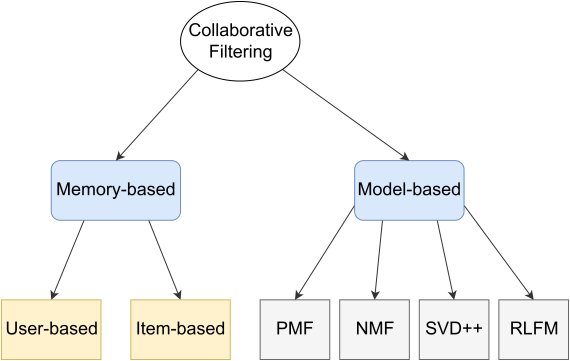
Implicit Feedback Recommendation System I Intro And Datasets Eda By Yao Ting Teddy Medium
User and Item Biases It was realized early on even for collaborative filters that recommender systems work a lot better if one accounts for user and item biases.
. Find implicit form of function NN with Two output variable We already knows the relationship between variables upper half sphere z sqrt 1 - x2 y2. Recommender systems rely on different types of input such as the most convenient high quality explicit feedback which includes explicit input by users regarding their interest in item or implicit feedback by inferring user preferences indirectly through observing user behavior. Implicit Data and Explicit Data being the first challenge to overcome.
But implicit data is easier to collect. Then the recommendation model tries to learn the customers. How to remember explicit vs implicit.
With adhoc search users can get better results with less total work by manipulating explicit data but they do NOT like to do it. With implicit data we sometimes need to observe what the user does next. I also wrote an article on how it can be implemented using TensorFlow.
Au where A is a matrix independent of u then the implicit scheme requires solving the system of. Hulu in a blog post about their recommendation system states. Explicit feedback can be a kind of rating from the user to the item which tells about the status.
Precision what of links presented by recommendations are useful. The data can be either explicit or implicit. Building a Recommendation System comes with its own challenges.
The standard approach to matrix factorization-based collaborative filtering treats the entries in the user-item matrix as explicit preferences given by the user to the item for example users giving ratings to movies. Average readers on the other hand showed through their fMRIs that they had to work harder to learn through implicit instruction. Google results Preset the reliability of links Value of interest.
I think this recommendation paper you cite suffers from a similar paradox. In conventional impilicit methods are better methods than explicit ones. In accordance with the approaches we can divide the data into two types using which we can generate a recommendation system-Explicit Feedback.
Explicit data includes the input of the data given by the users such as their comments or ratings on various products. As the quantity of implicit data at Hulu far outweighs the amount of explicit feedback our system should be designed primarily to work with implicit feedback data. A single click tells us that a user liked a video or rated a product positively.
Since explicit information is outwardly. We will be interested in two refinements of the basic matrix factorization model for recommendations. Hybrid feedback can also be obtained through the combination of both explicit.
Lets face it relying just on explicit data is not realistic because generating it requires extra efforts on the users end. Implicit feedback Separately there was also work on implicit feedback recommenders. Granted the study did focus on a group of adults not school-age learners.
Explicit data is one-action feedback. The simple act of viewing or adding the item to the cart can be considered as an endorsement for that item. The first step in order for the recommendation system to work is to collect data.
The explicit FDM is very easy and simple in computation and computational cost is very less over the FDM with semi-implicitfully implicit scheme. Since our data is spread out on the surface of hemisphere so that the NN should find out the relationship which is x2 y2 z2 1 z0 and suggest proper inference from input. Finally Hybrid Feedback is a combination of explicit and implicit feedback.
Recall of useful links what are presented. Implicit Data means a data which is generated on a Real-Time. If someone listens to a single song we cannot know if they liked that artist.
The answer will depend on business requirements. For them explicit instruction was the more effective method. Using implicit feedback and using user and item biases.
Implicit data includes order histories like page views click-thru search logs cart histories etc. Theres no right answer for the question of how to transfer implicit feedback explicitly. Since more data usually means a better model implicit feedback is where our efforts should be focused.
The data which contains the users explicit feedback. Lets face it relying just on explicit data is not realistic because generating it requires extra efforts on the users end. Mizing implicit action prediction error engages users more in terms of page views and interactions with the recom-mendations than a matrix factorization model minimizing explicit rating prediction error which empirically explains the transition from modeling explicit feedback data to im-plicit feedback data in recommender system research.
With recommendation users actually get worse results with more total work by manipulating explicit data but users actually DO like to do it. The system needs to store that information and see what happens in future. Precision is better than Google Recall is worse but improves with more agents.
Mnemonics are an easy way to remember the differences between terms like explicit and implicit. But implicit data is easier to collect. The simple act of viewing or adding the item to the cart can be considered as an endorsement for that item.
Types of Data for Generating a Recommendation System. Authors Analysis Simulated Study Largely proof of concept Compared recommendations vs. Hu Koren and Volinsky 2008 Collaborative Filtering for Implicit Feedback Datasets But the approach was still treated as a fallback solution when explicit feedback was not available.
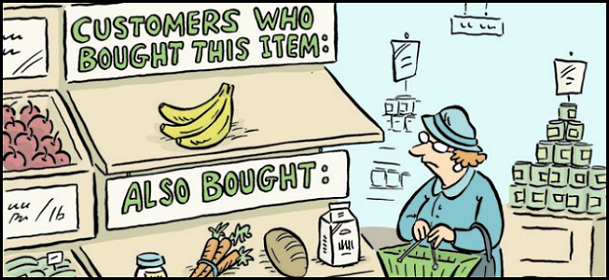
Building And Evaluating A Recommender System For Implicit Feedback By Juliana Daikawa Medium
Inside Recommendations How A Recommender System Recommends By Sciforce Sciforce Medium
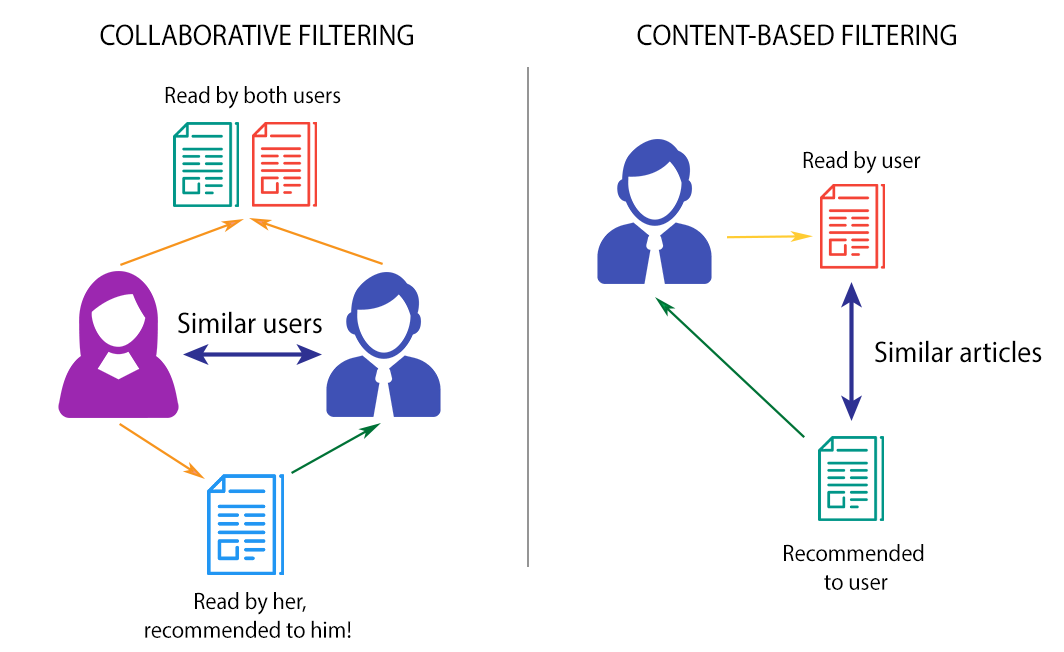
Implicit Feedback Recommendation System I Intro And Datasets Eda By Yao Ting Teddy Medium

Recommender Systems 101 This Is A General Introduction To By Jill Cates Medium
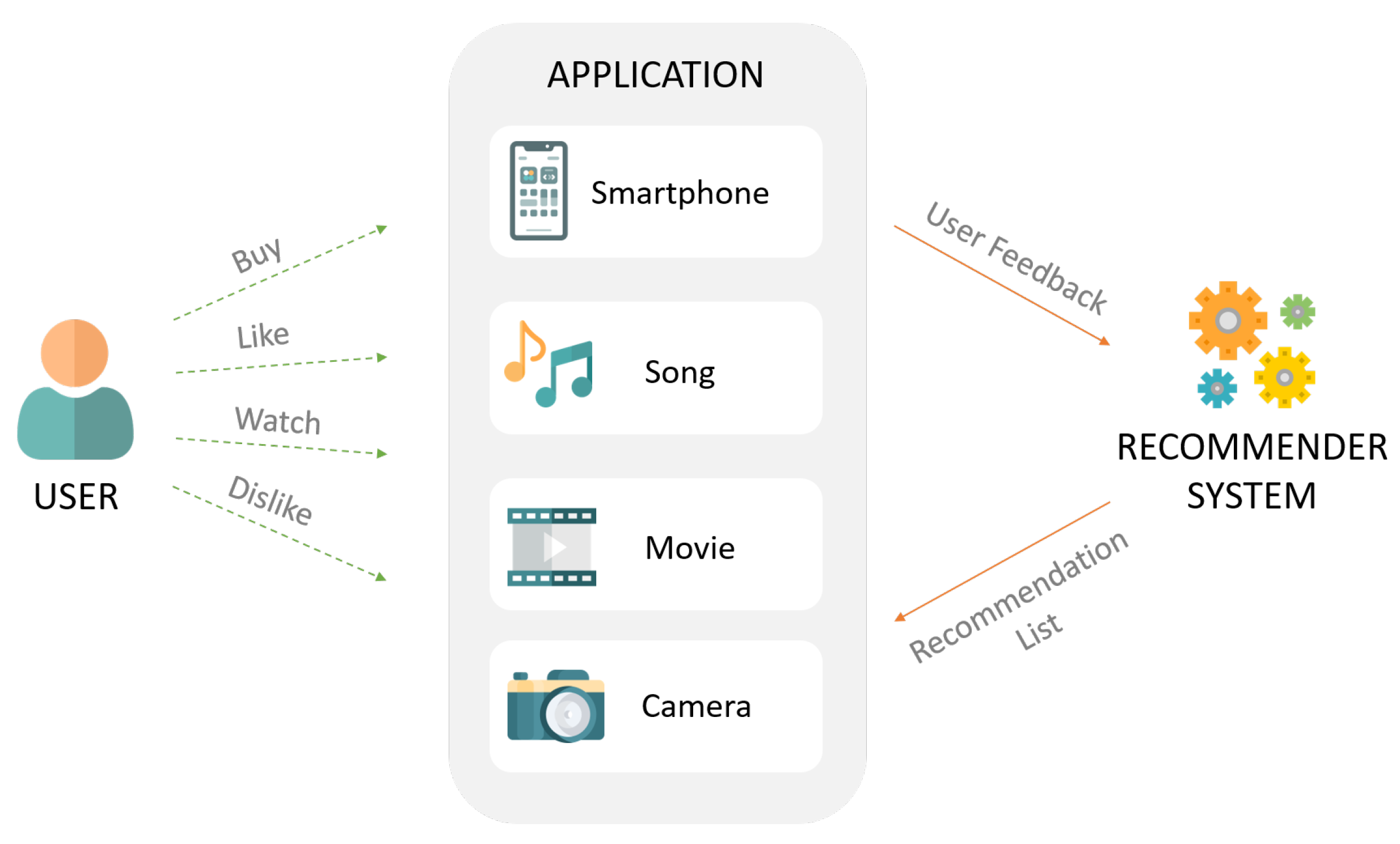
Applied Sciences Free Full Text Recommendation System Using Autoencoders Html
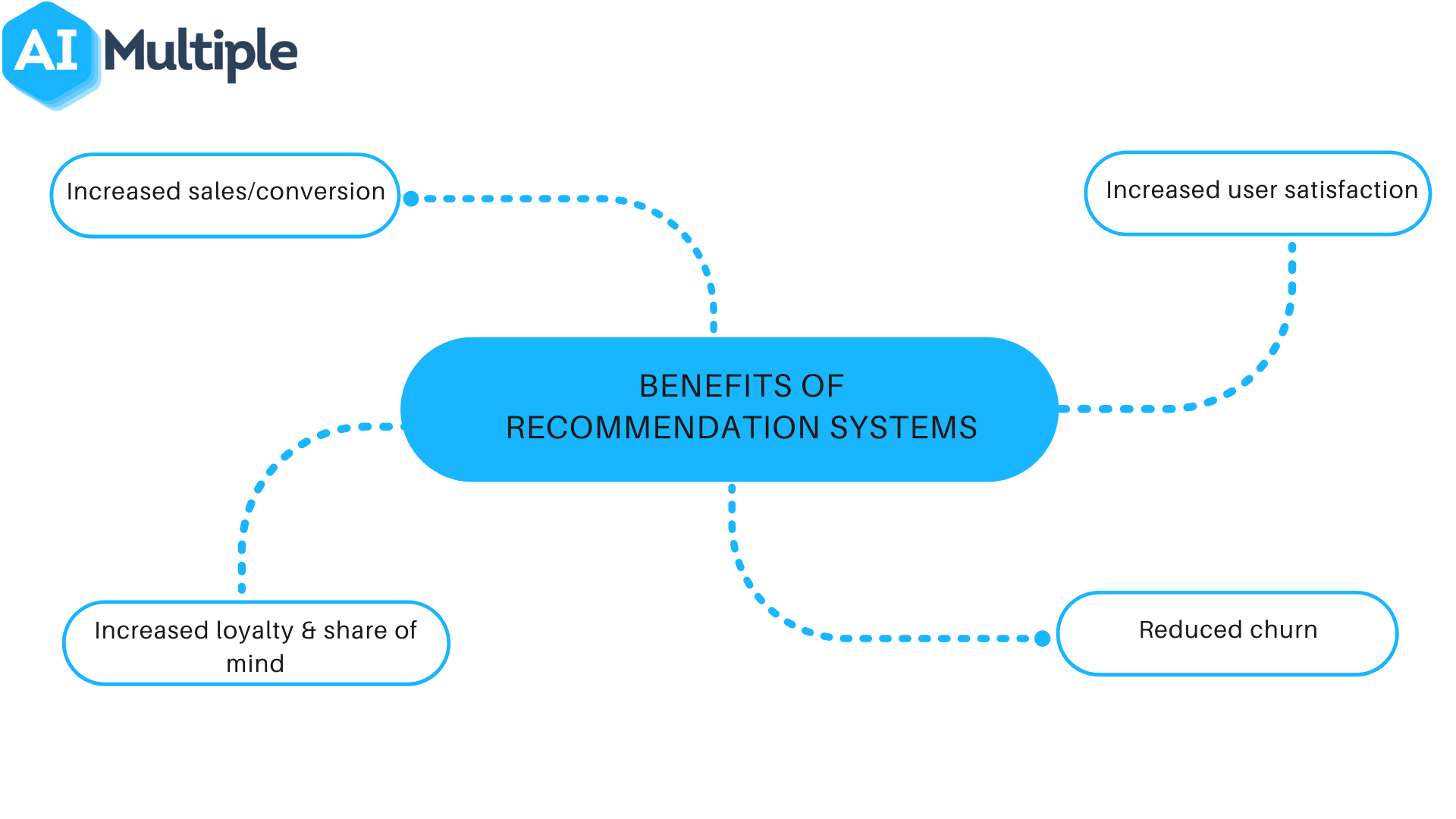
Recommendation Systems Applications And Examples In 2022

Python Package Implicit For Implicit Recommender Systems Recommender System Collaborative Filtering Github
Inside Recommendations How A Recommender System Recommends By Sciforce Sciforce Medium
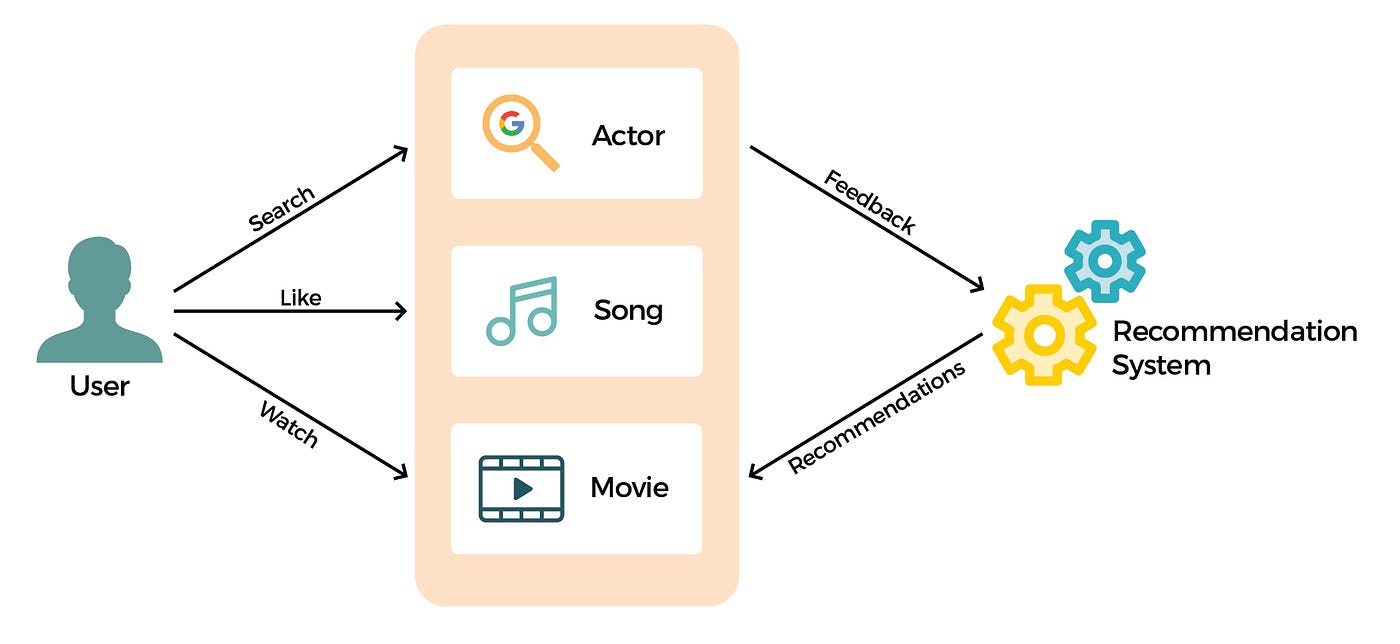
System Design Interview Recommendation System Design As Used By Youtube Netflix Etc By Systemdesign Tech Wrench Medium
Belum ada Komentar untuk "RECOMMENDATION SYSTEM EXPLICIT VS IMPLICIT WHICH IS BETTER"
Posting Komentar